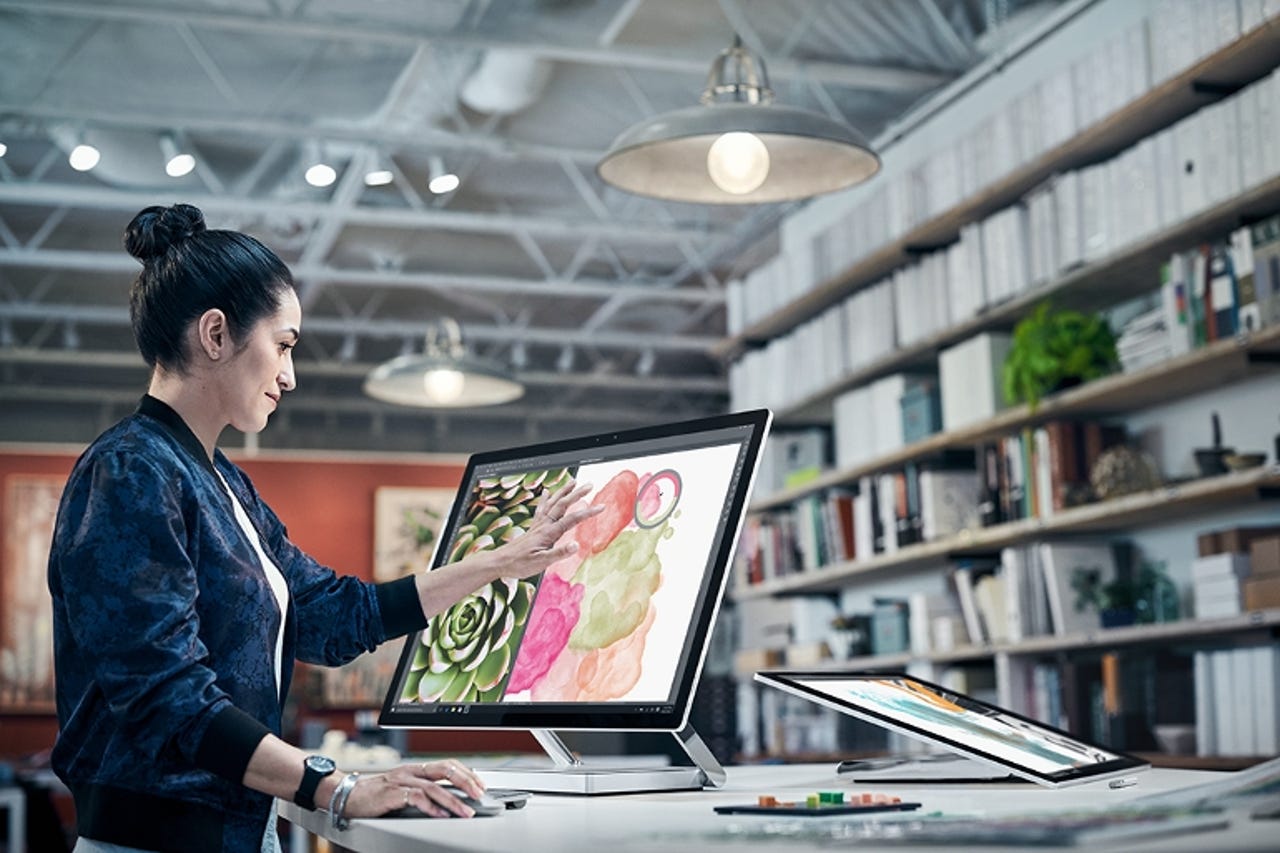The PC is having its mid-life crisis, just a little bit early


Microsoft's Surface Studio is one recent re-imagining of the PC.
The PC market has been buffeted by some pretty strong winds recently: sales this year will decline for the second year running (they'll be about flat next year too) as consumers and business switch to tablets and smartphones.
And for the first time internet usage on mobiles and tablets has overtaken use on PCs. Margins for most PC makers remain razor thin. In a Daily Telegraph interview last year, Apple CEO Tim Cook memorably pondered: "Why would you buy a PC anymore? No really, why would you buy one?"
All of this gives the PC - and PC makers - plenty of reasons for a crisis of confidence.
The first IBM PC was introduced in August 1981, which means the PC is 35 years old. And while that's perhaps a little early to be having a mid-life crisis, that's one way of explaining what is happening right now.
Certainly the PC needs to rethink its place in the world because a lot of the old certainties have changed. It's not the only, or even the most used computing device we have.
It may feel a twinge of envy that we are spending more time on smartphones or tablets (and maybe soon wearables) but that doesn't mean the PC is irrelevant - assuming it is willing to change.
Some PC makers are finally getting it, which is why the definition of the PC is increasingly elastic as it goes through a mid-life make-over.
It's hard to define what a PC is any more tightly than a personal computing device which has a large screen and is mostly used with a keyboard: the monitor-keyboard-tower combination of yesterday is now a thin screen with a detachable keyboard like a Microsoft Surface, or a laptop that can do gymnastics like the Lenovo Yoga or a big screen that comes with a pen and dial like the Surface Studio, or something as thin as a MacBook Air.
The Surface Studio is a good example of the way the PC needs to change. It's a $3,000 device aimed at architects and designers that is probably only ever going to be a niche product. But it may be much better for it: the assumption that the PC has to be a mass-market one-size-fits-all device is something that is no longer true. Apple's intriguing TouchBar is another attempt to make-over the PC: whether it becomes a significant feature remains to be seen but it's still a good sign of the PC being able to reinvent itself.
After 35 years it's not surprising that the PC needs to take stock, pause, and remake itself. Expect to see plenty more of this innovation over the next year or two from PC makers who understand that the world has changed and they and the PC need to change with it.
ZDNet Monday Morning Opener
The Monday Morning Opener is our opening salvo for the week in tech. Since we run a global site, this editorial publishes on Monday at 8:00am AEST in Sydney, Australia, which is 6:00pm Eastern Time on Sunday in the US. It is written by a member of ZDNet's global editorial board, which is comprised of our lead editors across Asia, Australia, Europe, and the US.
Previously on Monday Morning Opener:
- Apple to revive the Macbook, as iPad falters and IBM launches biggest Mac rollout ever
- Serious security: Three changes that could turn the tide on hackers
- Innovation and automation fail to excite Joe Average
- The one thing Google and the rest of us can learn from Apple about hype
- Why a bit of fast talking could save the PC from disaster
- Dell Technologies vs. HPE: A tale of two business model strategies
- Why identity protection is the next phase in security
- 3 things you can learn from the NFL about digital transformation
- Census 2016: A case study in the confluence of failure
- The dirtiest little secret about big data: Jobs